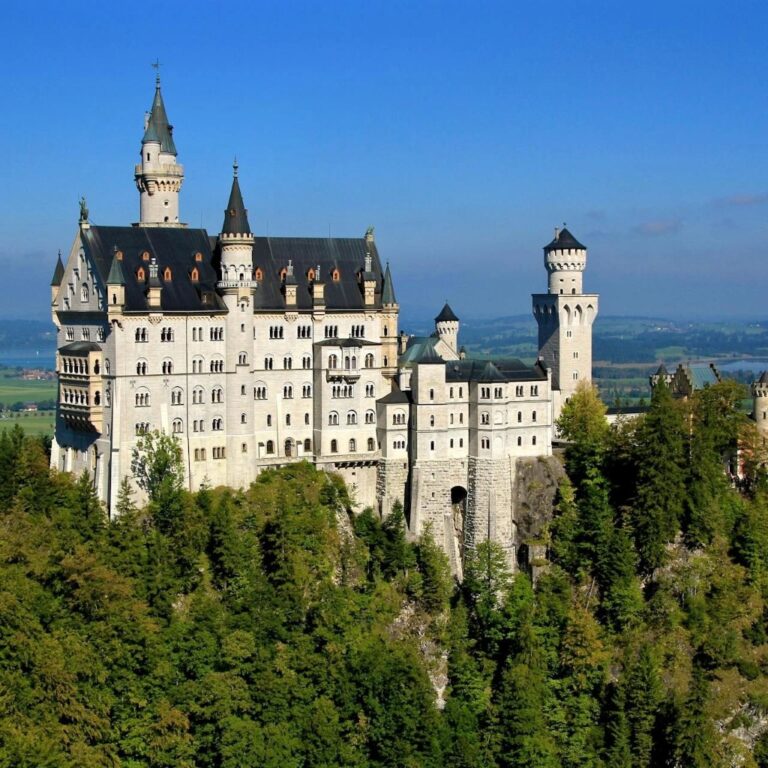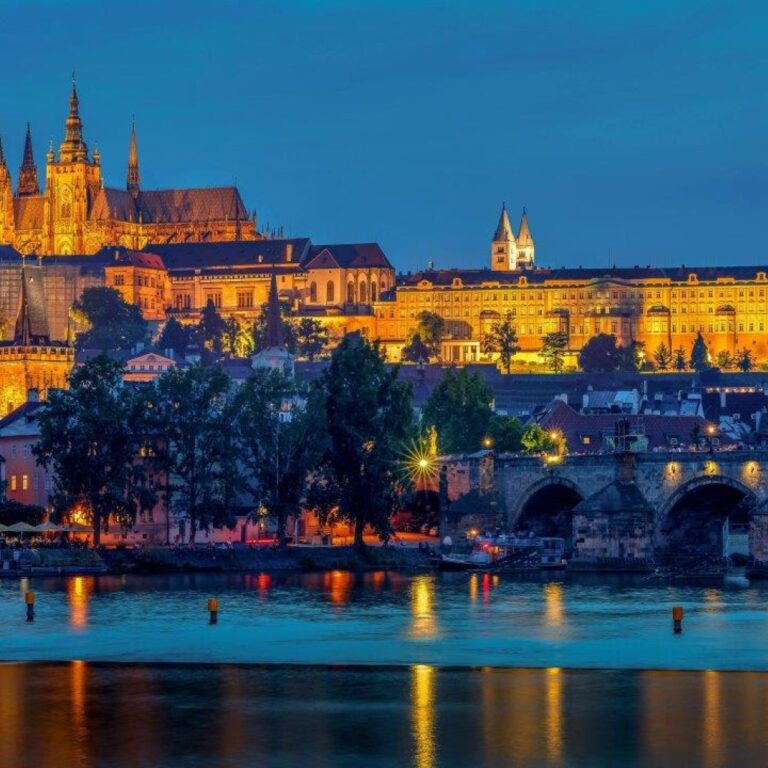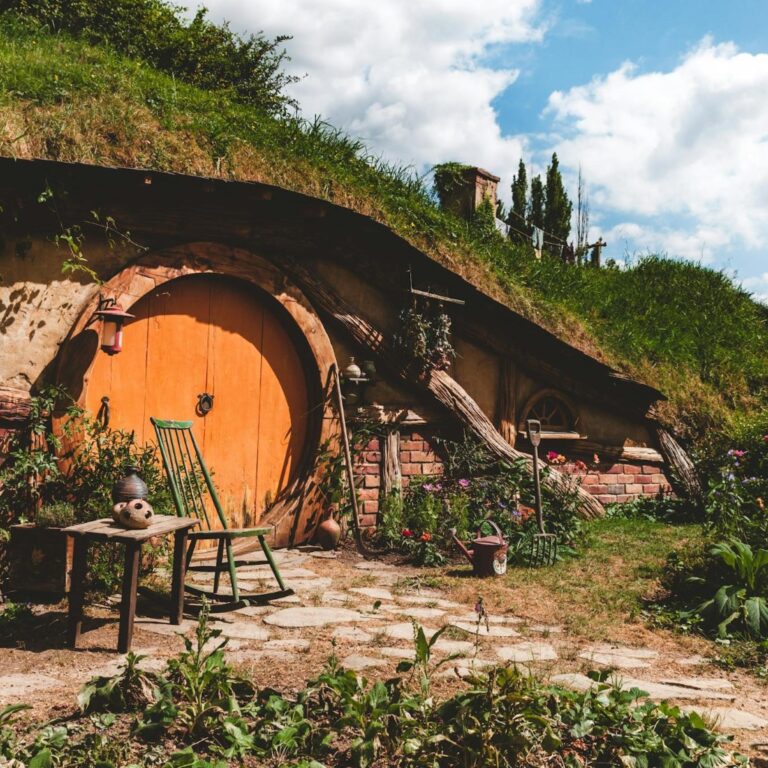Neuschwanstein Castle was commissioned by Ludwig II of Bavaria, also known as the 'Fairy Tale King,' as a retreat and homage to Richard Wagner, the King's inspiring muse.
Construction of the castle began in 1869 and was never fully completed. King Ludwig II died in 1886, leaving many rooms unfinished.
The castle is situated on a rugged hill above the village of Hohenschwangau near Füssen in southwest Bavaria.
Neuschwanstein means 'New Swan Stone,' a name derived from 'the Swan Knight,' a character in Richard Wagner's opera 'Lohengrin.'
The castle's architecture is inspired by medieval knight's castles and romantic ideals, blending various styles such as Romanesque, Gothic, and Byzantine.
Neuschwanstein served as the inspiration for Disney's Sleeping Beauty Castle and has appeared in several films and TV shows.
Despite its medieval appearance, the castle was equipped with modern amenities for its time, including running water, flush toilets, and a forced-air central heating system.
The Throne Hall, one of the most impressive rooms in the castle, features a Byzantine-style dome and was intended to resemble a church, although it never housed a throne.
The Singers' Hall, another grand room, was designed for musical performances and inspired by the Minstrels' Hall in the Wartburg Castle.
Neuschwanstein Castle was opened to the public seven weeks after Ludwig II's death, and it has since become one of the most popular tourist attractions in Europe.
Over 1.4 million people visit Neuschwanstein Castle each year, with as many as 6,000 visitors per day during the summer months.
The castle offers stunning views of the surrounding Alps, lakes, and the Hohenschwangau Valley.
King Ludwig II was known for his eccentric and reclusive nature, and his lavish spending on projects like Neuschwanstein contributed to his financial ruin and deposition.
The castle has undergone several restorations to preserve its structure and intricate interiors, ensuring its continued splendor for future generations.
Neuschwanstein Castle is part of the UNESCO World Heritage Site proposal for the 'Castles of King Ludwig II,' reflecting its cultural and historical significance.


